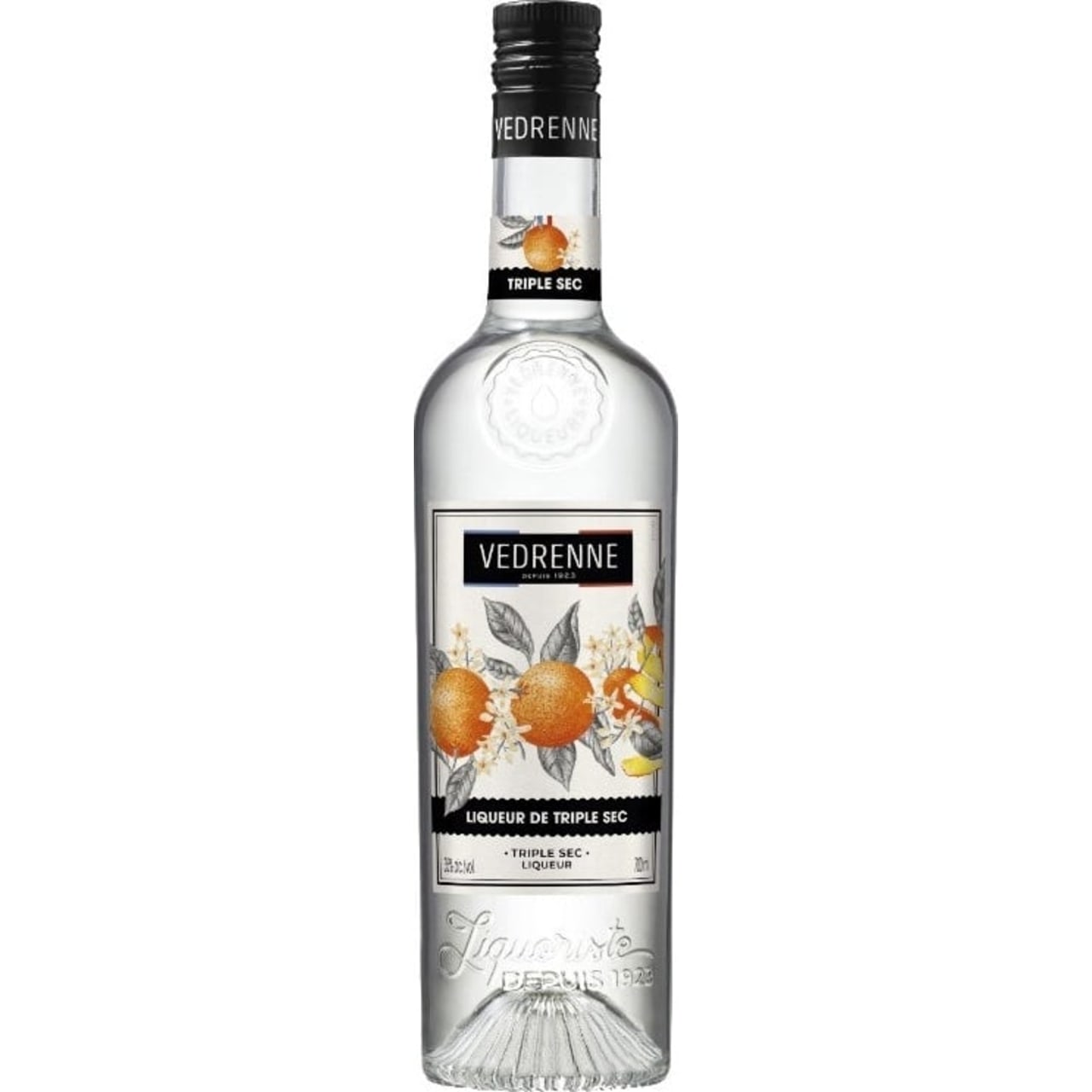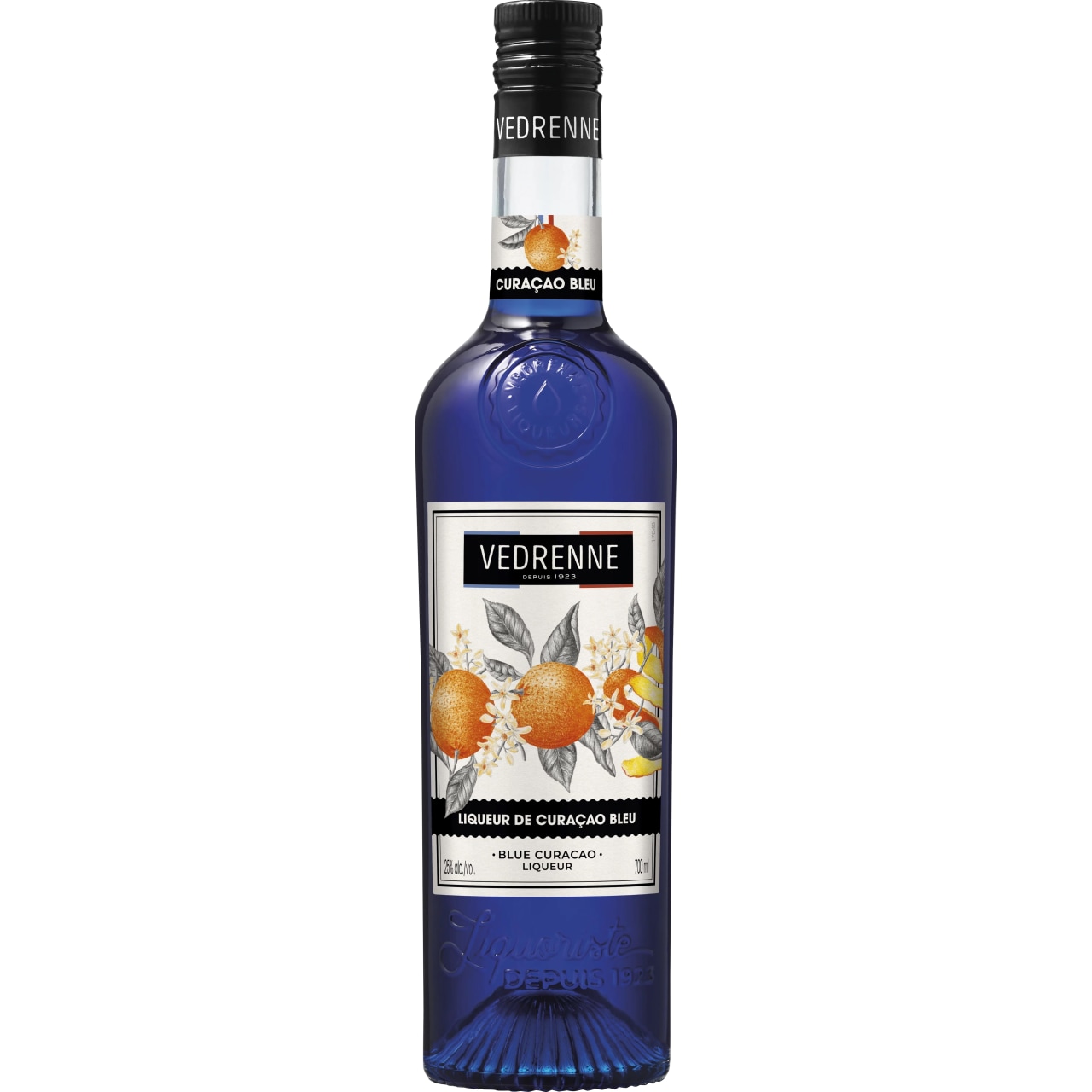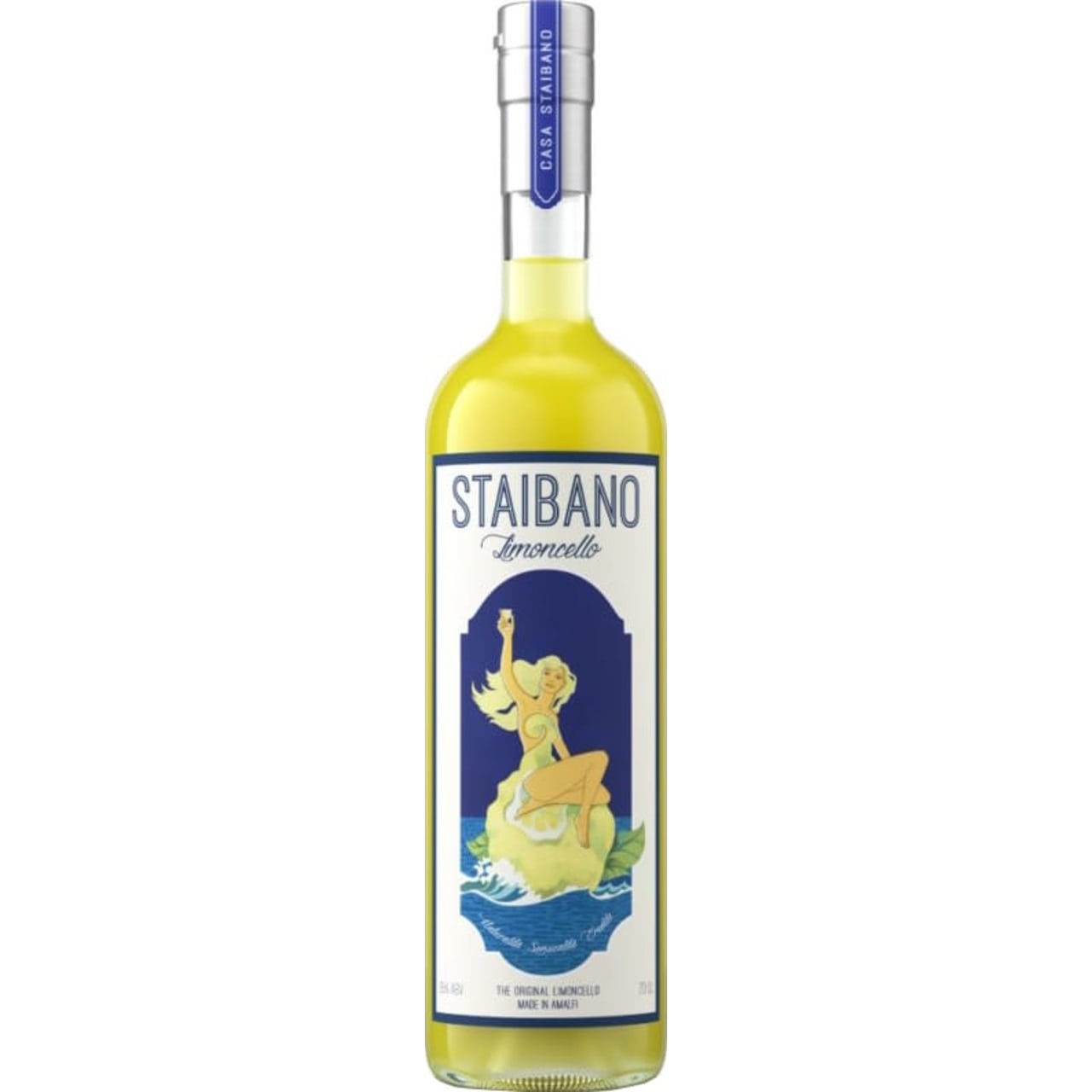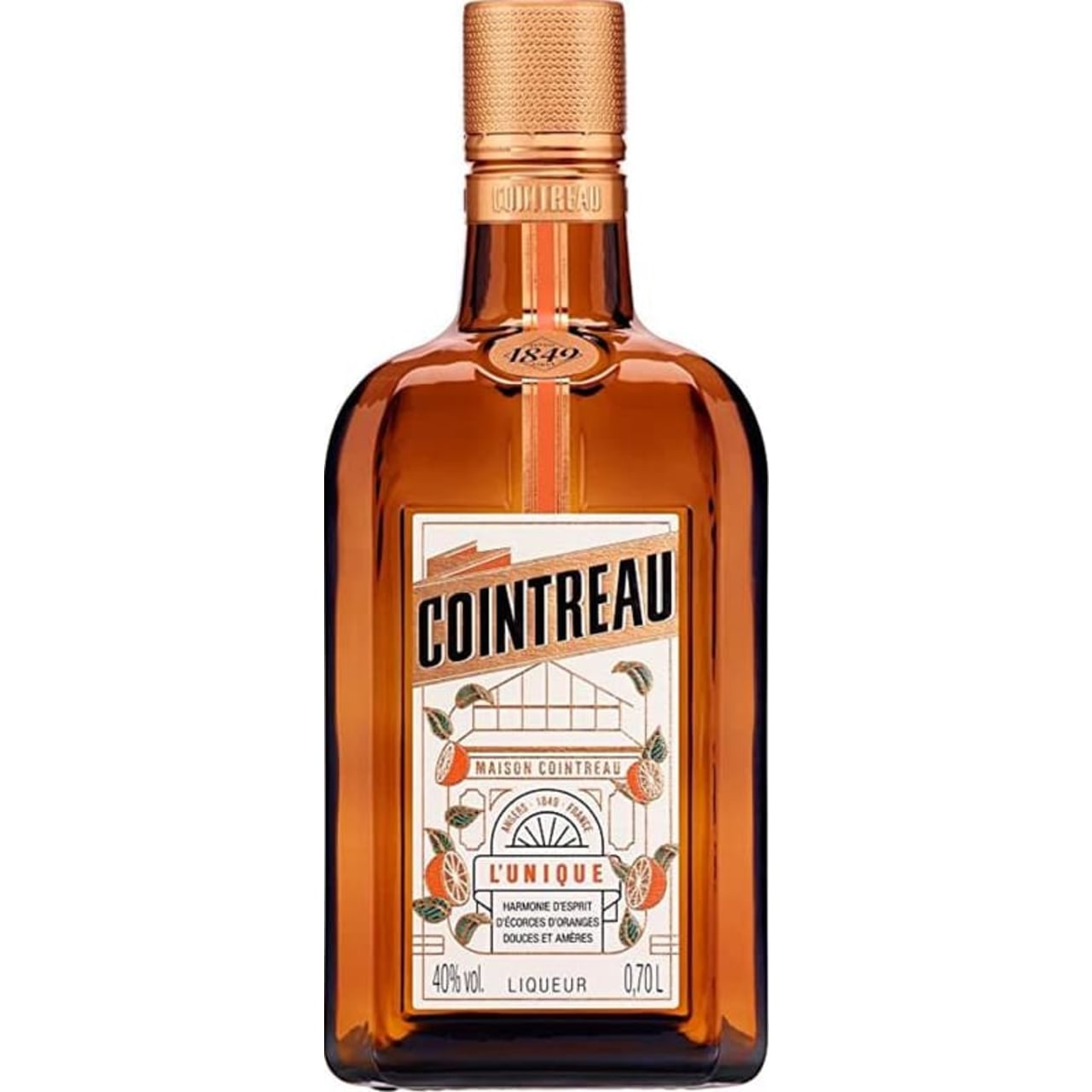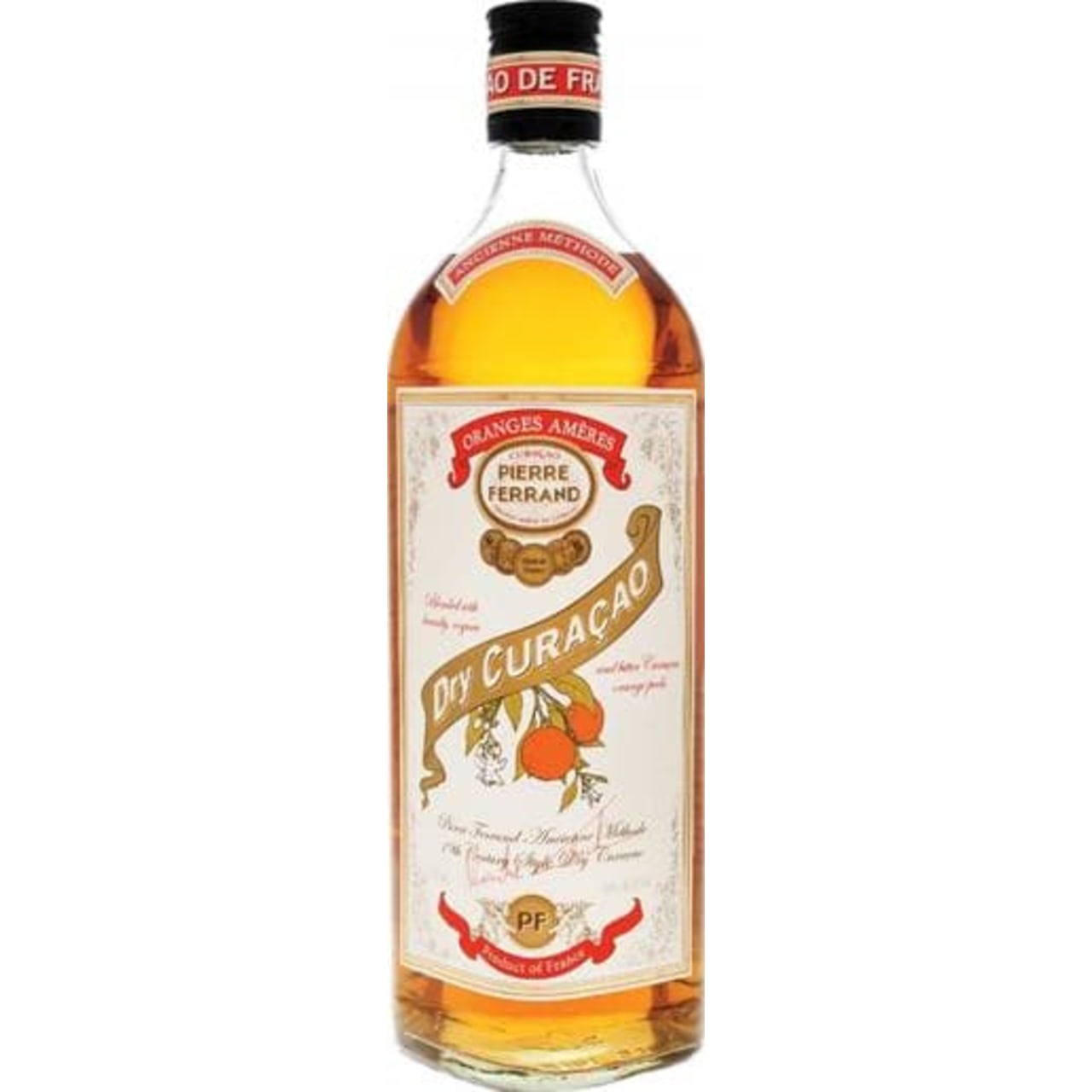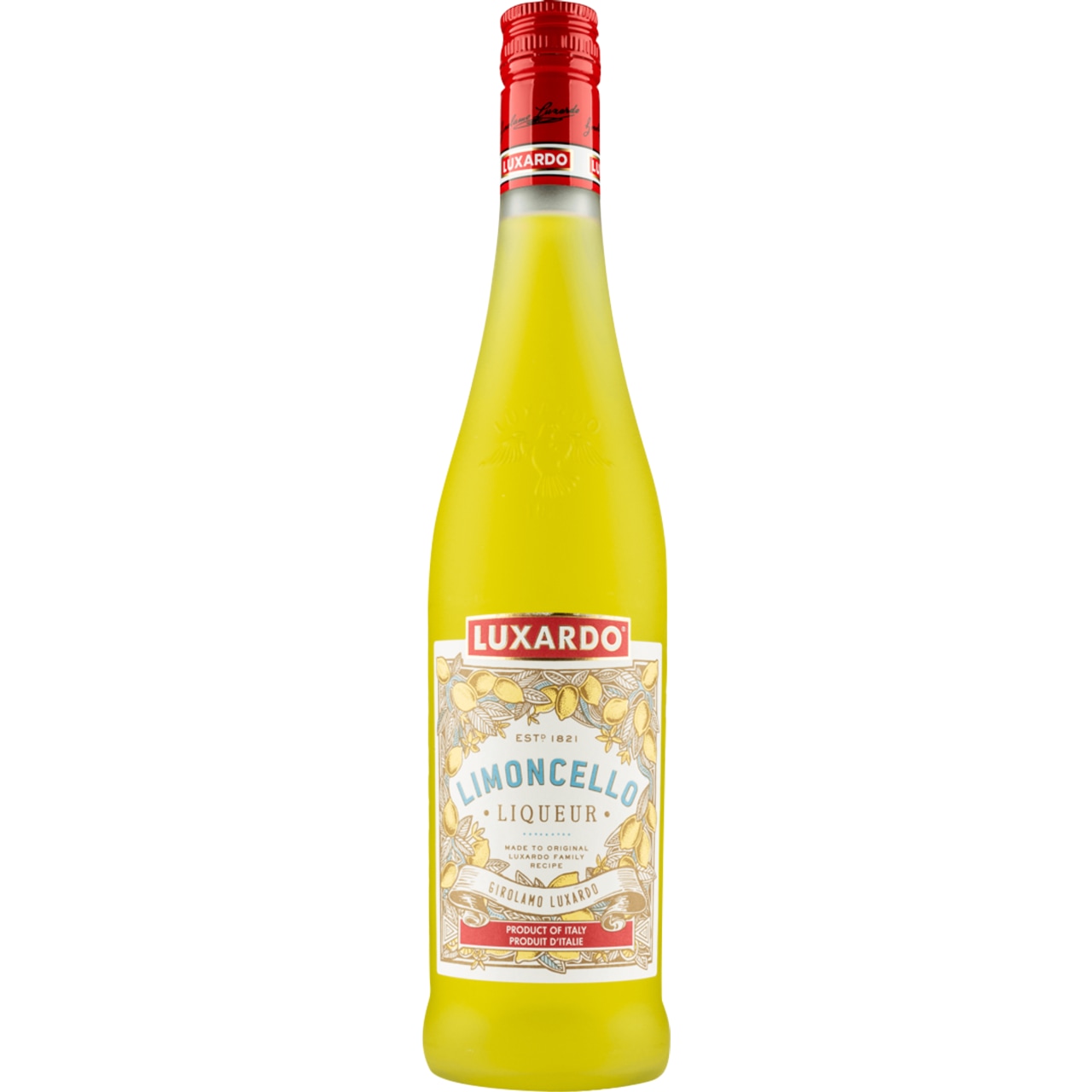Triple Sec: The French Connection
When it comes to citrus based liqueurs, Triple Sec, the "très chic" French liqueur that brings a burst of orangey sunshine to your cocktails is by far the most famous.
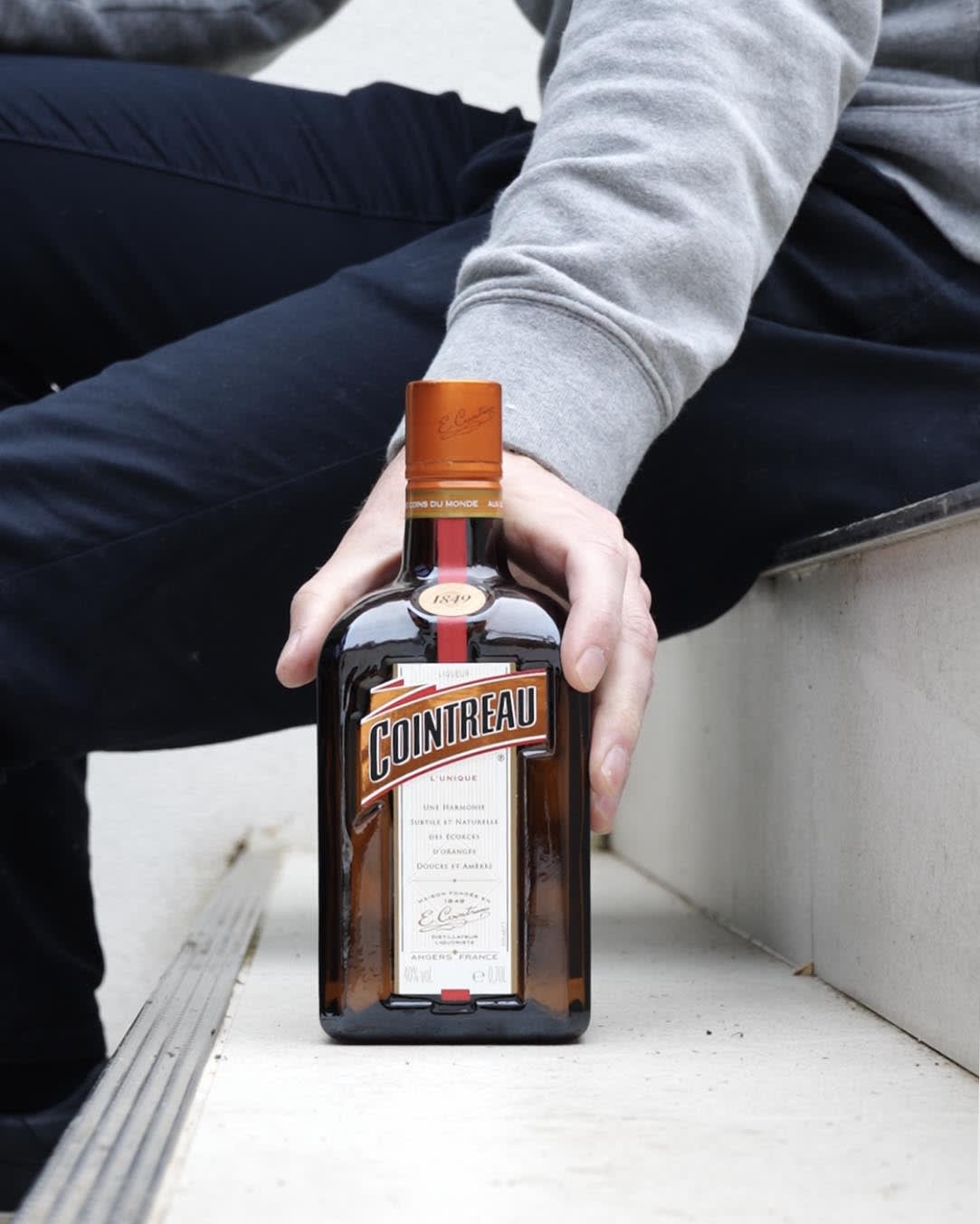

The level of recognition is predominantly due to Cointreau and its use in classic cocktails like the Margarita, but it's fair to say that between Grand Marnier, Vedrene, Combier, Gabriel Boudier and Giffard - many other French producers have added to the liqueur's lore.
Some are more complex than others irrespective of who makes it, with its crystal-clear appearance and zesty aroma, triple sec is the result of a meticulous process of steeping orange peels in neutral alcohol and then distilling the extracted oils.
Legend has it that the name "triple sec" stems from the three types of peels used in Cointreau's recipe: dried bitter peels, dried sweet peels, and fresh sweet peels.
Whether this is true or just a marketing ploy, one thing's for sure: Triple Sec has secured its place as a cocktail staple, and Cointreau remains the pièce de résistance for any well-stocked bar. For those reading from further afield, it’s worth noting that it doesn’t have to be French!
Triple Sec can be made anywhere in the world. Form the likes of Solerno, Bols, DeKyper and many more have excellent versions that are worth seeking out.
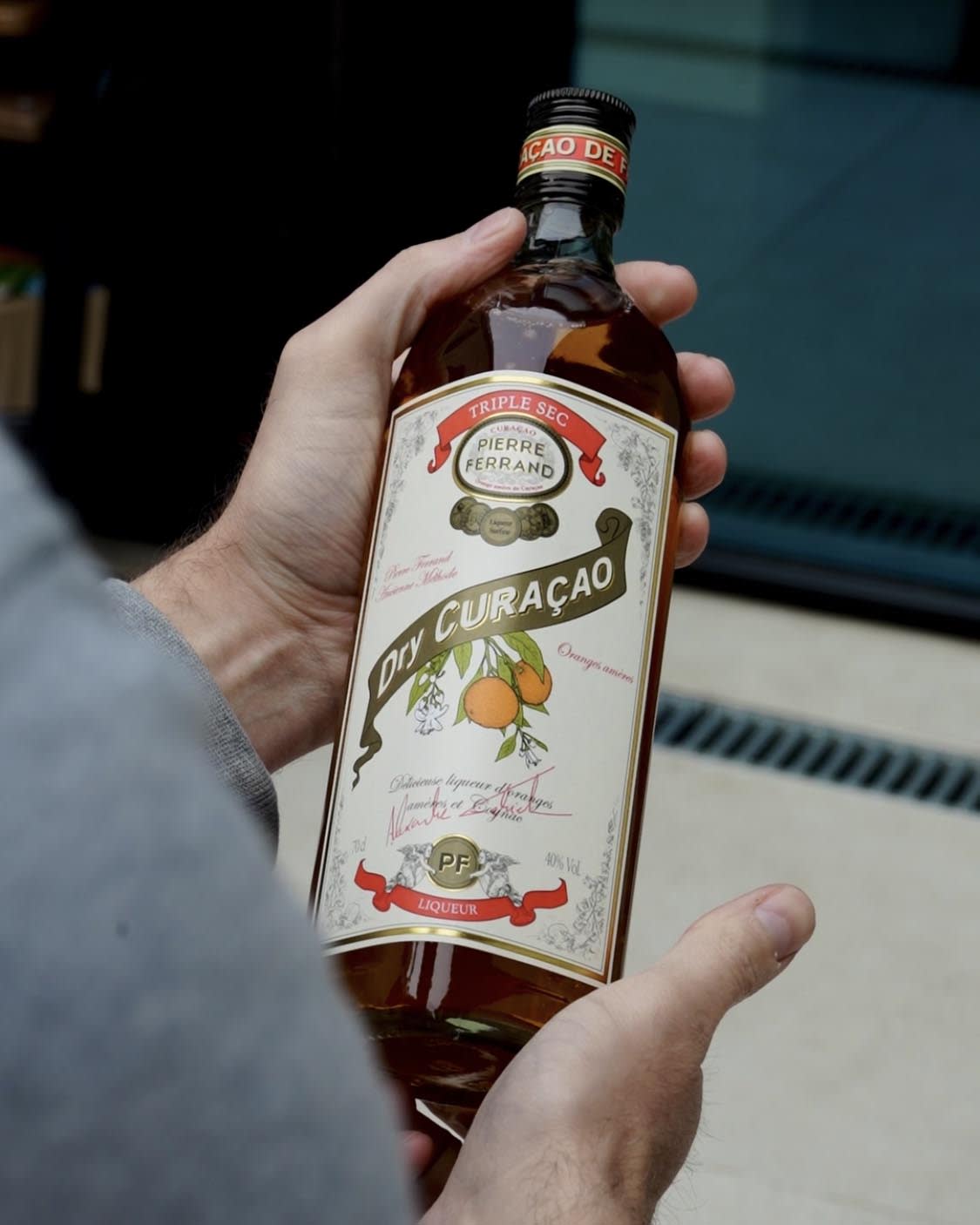

Curacao: The Island Dream
Venture to the Caribbean (60 miles off the coast of Venezuela, right next to Aruba), and you'll find the birthplace of Curacao, a liqueur born from the sun-kissed peels of the island's famous oranges.
Originally made with pot-stilled brandy and flavoured with dried peels, Curacao has undergone quite a transformation over the years. Various global producers now make it and between a more neutral base spirit being used, different citrus varieties the character is now quite different to where the liqueur started.
Not to be mistaken for its cousin, Curaçao stands apart in appearance, flavour and production method when compared side by side. Triple Sec is all about the clarity of the orange zest, while Curacao dazzles with its hues of orange, red, green or even blue and the presence of additional botanicals is common. Vanilla and spice can often be found in tandem to citrus, and overall, Curaçaos aim for a subtler citrus taste.
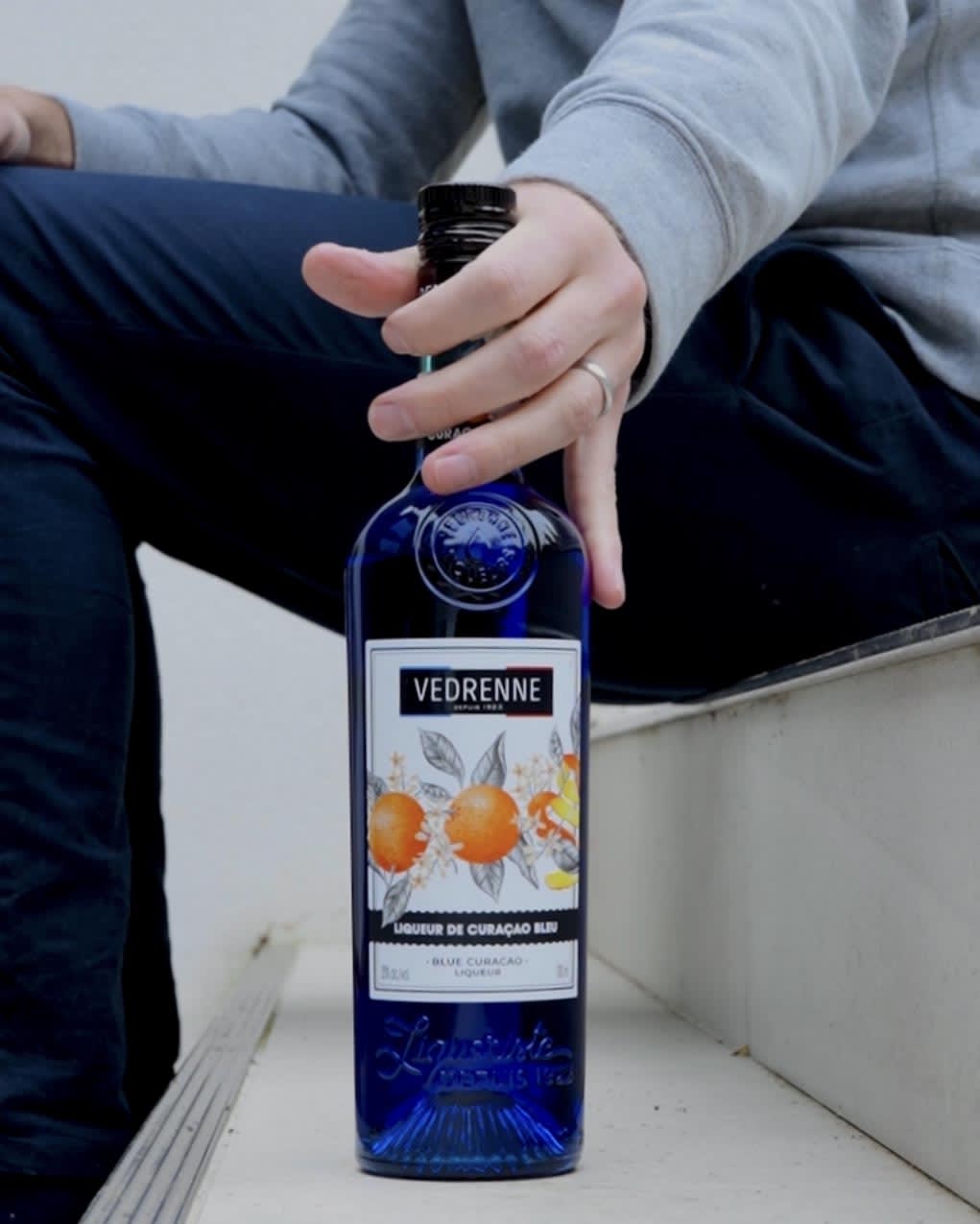

Why is some Curacao blue?
Not to put too finer a point on it, but… it's just blue food dye that makes Blue Curacao blue.
That said it’s not as recent an invention as you think though… References of the different coloured Curaçao Liqueurs can be found from the early 1920’s.
The original blue variant is most likely to have been made by Bols, even if they don’t state it categorically as they can’t technically prove it (and kudos to them for not just saying it anyway). They started making theirs somewhere between 1920 and 1935.
Blue Curacao rose in popularity in the 60’s and its status was cemented with the popularity of iconic cocktails like the Blue Lagoon and Blue Hawaii.
By the lurid era of disco cocktails in the 80’s – blue curaçao had become a fixture of the bar world and while it tastes the same as the usual clear versions – it may now have have become the best known type.
Limoncello: La Dolce Vita
Picture the sun-soaked coast of Southern Italy (particularly in Sorrento, Capri, and along the Amalfi Coast), where lemons grow in abundance, and you'll find the home of Limoncello, a delightful after-dinner digestif.
Rich in tradition and bursting with lemony goodness, Limoncello varies widely from homemade concoctions to commercially bottled versions that hover around 25-30% ABV. Traditionally, limoncello is made with Femminello St. Teresa lemons, which is a vibrant lemon variety native to the Sorrento Peninsula of Italy.
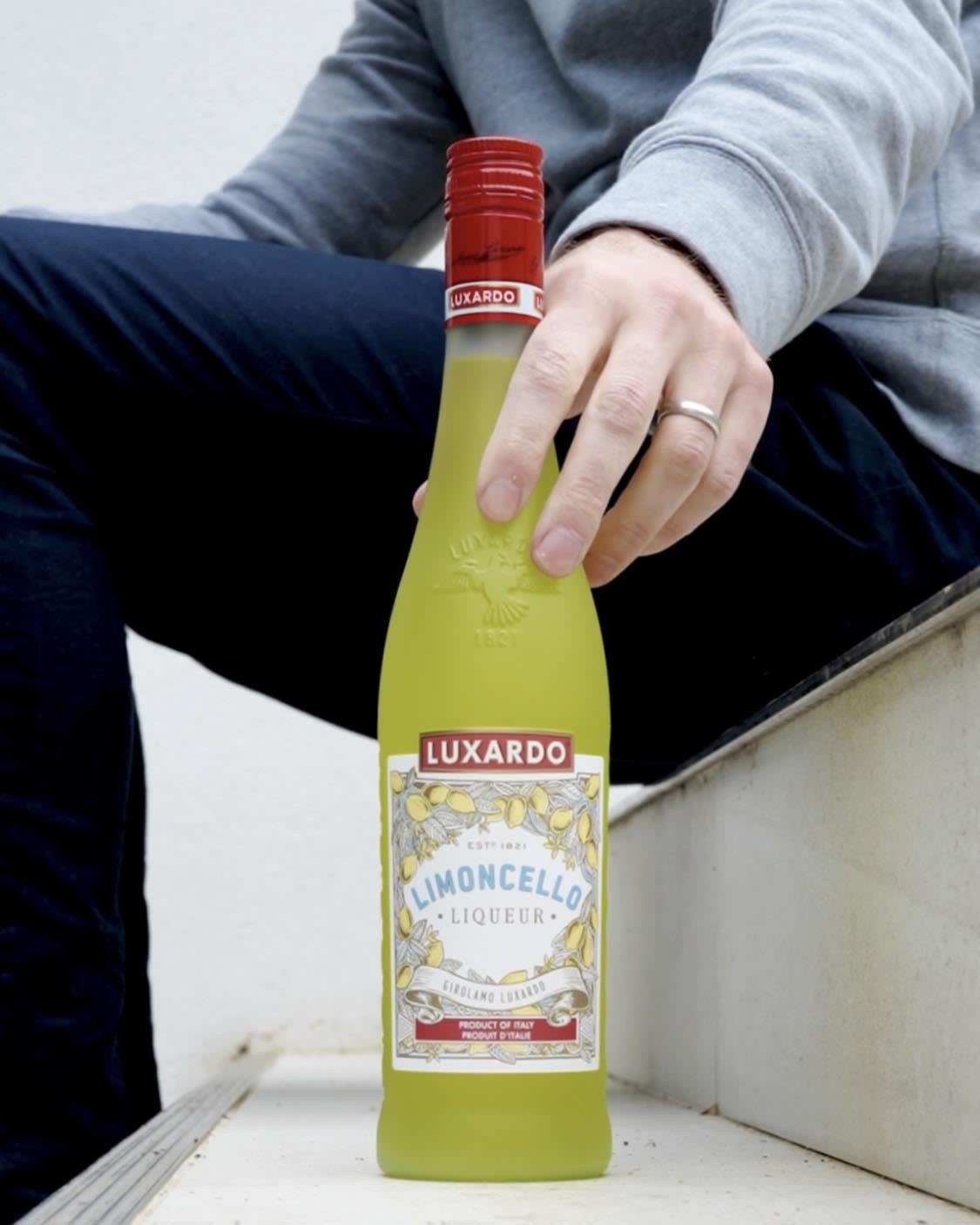

Depending on who you ask, limoncello's roots can be traced back to Sorrento, Amalfi, or Capri. The common myth peddled traces the origins of limoncello back to the early 1900s and to one Maria Antonia Farace lovingly maintained a vibrant garden of oranges and lemons. Years later, her grandson turned the family's lemon-infused legacy into a bustling bar business, renowned for its signature lemon liqueur, crafted from the cherished recipe of his dear grandmother. The name "limoncello" was officially patented by Massimo Canale in 1988.
Despite this, there are similar anecdotes swirling around Sorrento and Amalfi. In Sorrento, illustrious local families have been savouring limoncello as a post-meal treat since the early 20th century. Meanwhile, in Amalfi, some assert that the liqueur served a more practical purpose, warming fishermen and farmers against the biting cold. We’ve seen entries in the history books that it was born from culinary circles and whichever myth you want to believe, suffice it to say that the story of limoncello is filled with romance, nostalgia, more than a little embellishment and a lot of pride.
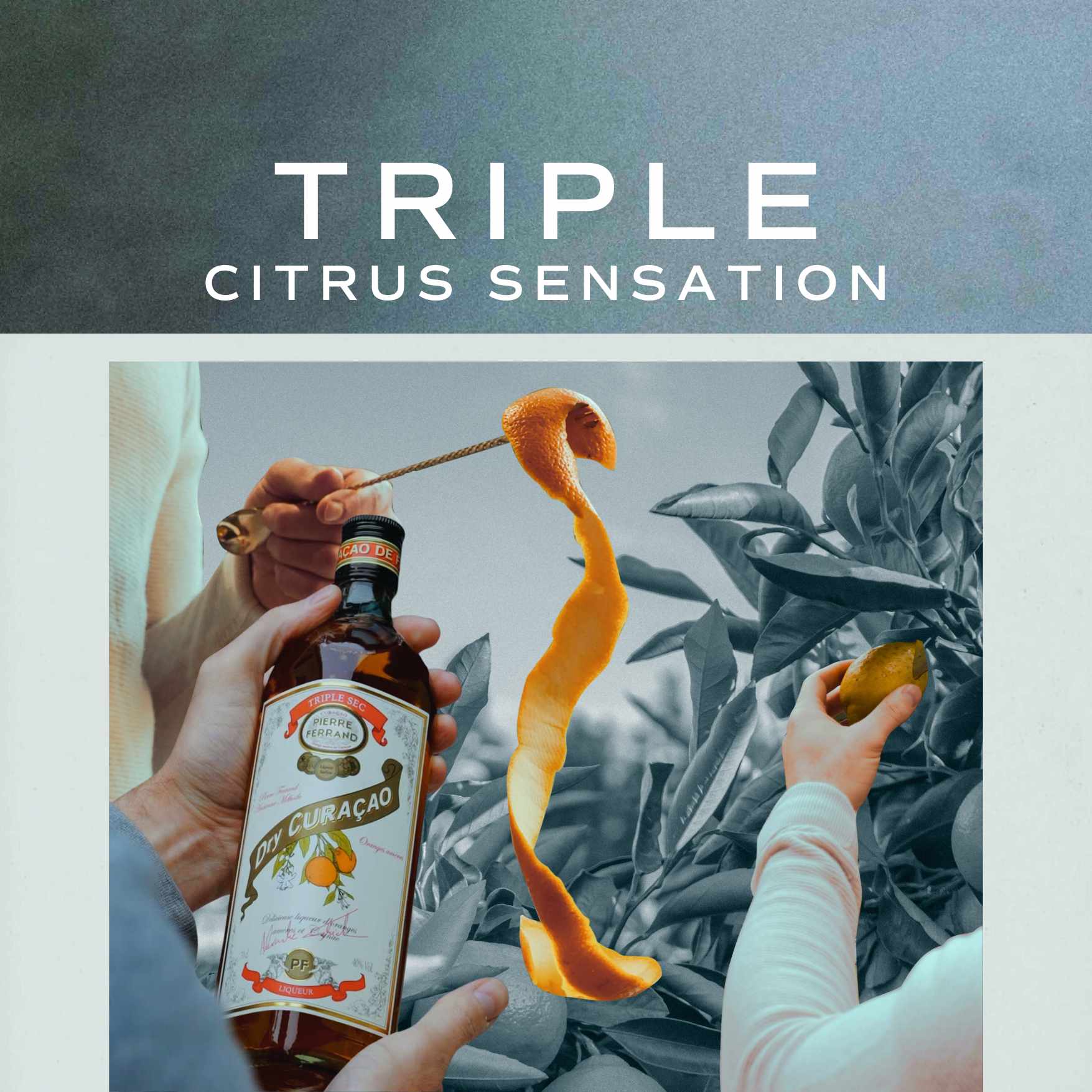

From the elegance of Triple Sec to the island charm of Curacao, and the Mediterranean allure of Limoncello, the world of citrus liqueurs is as diverse as it is delightful.
So, the next time you're mixing up a cocktail or sipping a digestif, raise your glass and toast to the colourful histories and flavours of these captivating citrus concoctions. Cheers!


